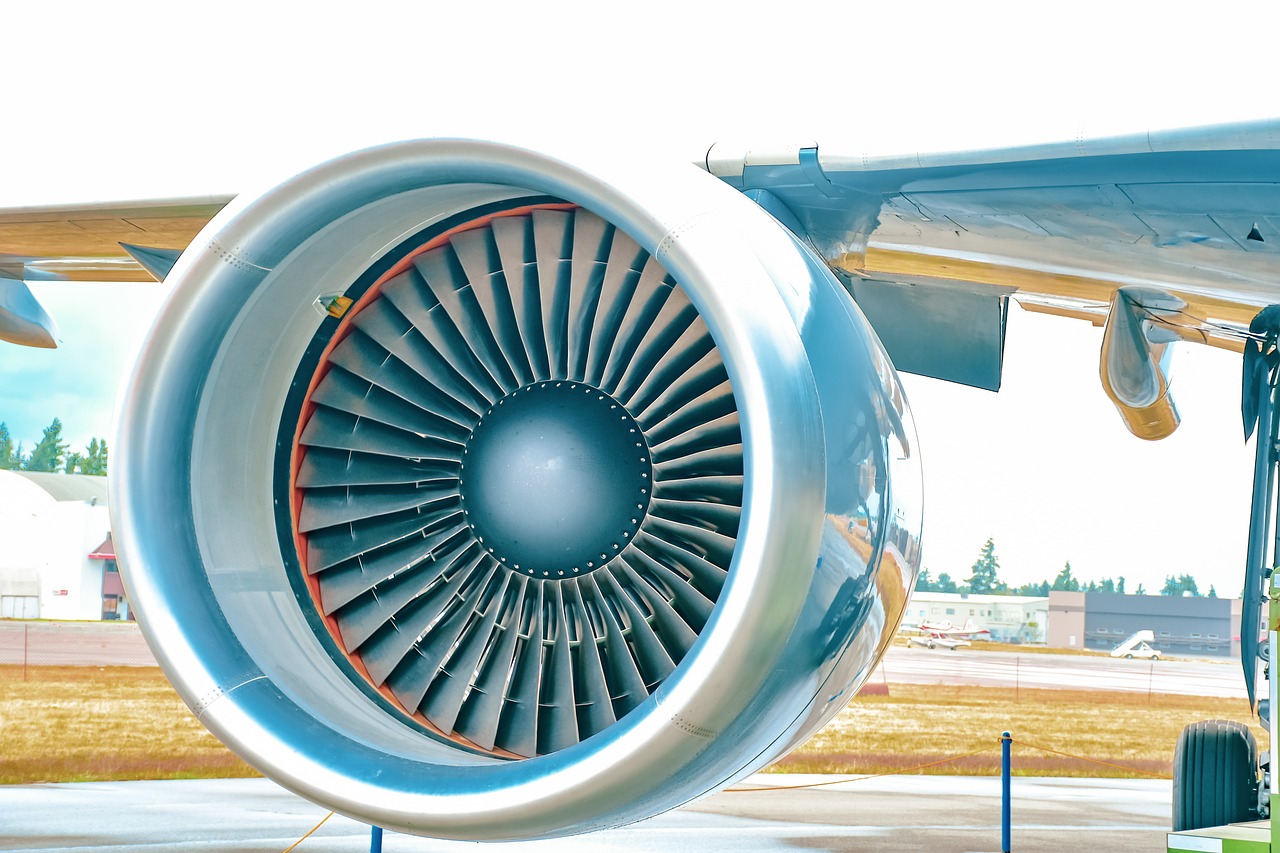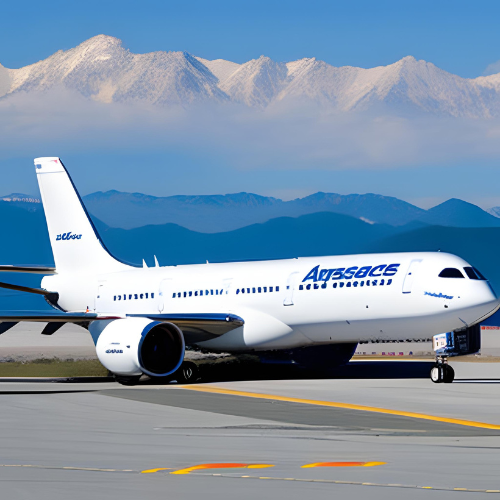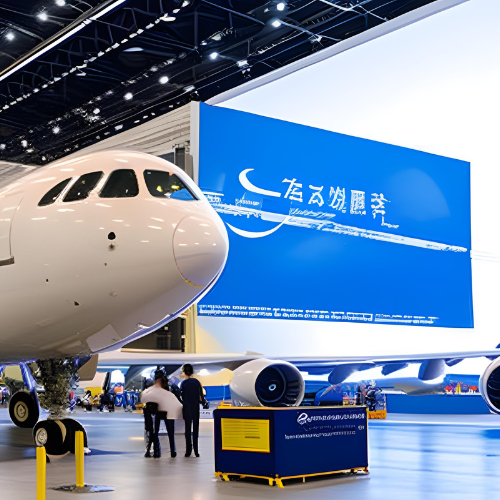Aerospace trade shows have always been a platform for showcasing the most innovative technologies in the industry. They offer a glimpse into the future of aerospace and introduce new trends and advancements to aerospace enthusiasts, industry professionals, and investors alike. Every year, numerous trade shows are held all over the world, showcasing cutting-edge technology, revolutionary designs, and influential ideas. In this article, we’ll explore the top innovations and trends that have been unveiled at aerospace trade shows over the past few years.
Electric and hybrid aircraft
Recently, there has been a growing interest in more sustainable aviation solutions. As a result, numerous aerospace companies are investing in electric and hybrid aircraft. Electric aircraft utilize electric motors instead of traditional internal combustion engines to generate thrust, while hybrid aircraft combine fossil fuel engines and electric motors. These technologies have been around for a while, but it’s only in recent years that significant developments have been made.
At the Paris Air Show 2019, Israeli firm Eviation Aircraft introduced its all-electric Alice Commuter plane. The plane can carry up to nine passengers over a range of 650 miles. German company Lilium Jet also unveiled its all-electric VTOL (Vertical Take-off and Landing) jet, which promises to revolutionize air travel over short distances. The Lilium Jet is capable of reaching speeds of up to 186 mph and can travel a distance of over 300 miles.
Hypersonic technology
Another trend that has emerged in recent years is the development of hypersonic technology. A hypersonic vehicle is a supersonic aircraft that can travel at speeds exceeding Mach 5, or five times the speed of sound. Hypersonic technology promises to revolutionize air travel by greatly reducing travel time. Although hypersonic aircraft have been in development for decades, recent advancements in propulsion technology and materials science have made significant progress possible.
At the 2018 Farnborough Airshow, Boeing unveiled its hypersonic concept, the Boeing Hypersonic Airplane. It can travel at Mach 5 or higher and offers the potential for travelers to reach their destination in a fraction of the time it takes conventional planes. Another example is Lockheed Martin’s hypersonic demonstrator vehicle, the SR-72. It can travel at speeds of up to Mach 6 and is intended for use in both military and commercial applications.
3D printing
3D printing technology has made significant strides in recent years and is now a popular trend in the aerospace industry. The use of 3D printing has revolutionized the manufacturing process by significantly reducing production time and associated costs. More aerospace companies are utilizing 3D printing technology, and aerospace trade shows are a great platform for showcasing the latest advancements.
At the Dubai Airshow 2019, Stratasys unveiled its 3D-printed aircraft parts developed in partnership with Boom Supersonic, a company striving to develop supersonic commercial flight. The parts were designed using Stratasys’ F900 3D Printer and were made of carbon fiber-reinforced tough nylon material that provided lightweight and high strength. This proved to be a massive breakthrough in the industry, allowing for the production of aircraft parts without the need for tooling or molds.
Autonomous aircraft
The development of autonomous aircraft is another significant trend emerging in the aerospace industry. Autonomous aircraft utilize advanced artificial intelligence and control systems to fly without the need for human input. This technology offers the potential for aircraft to fly safely and efficiently without the need for human pilots.
At the 2019 Paris Air Show, Boeing unveiled its self-piloting plane, a prototype of a technology called the Airpower Teaming System. The plane is designed to operate alongside crewed aircraft in a swarm formation or as a standalone unit and would perform tasks such as reconnaissance or targeting. Aviation startup Skydio also showcased its autonomous drone, the Skydio 2, which is equipped with advanced obstacle avoidance systems and navigational technology, allowing it to fly a pre-programmed route safely and efficiently.
Urban air mobility
Urban air mobility (UAM) is a growing trend that seeks to develop air transportation solutions for urban environments. UAM refers to passenger and cargo transport aircraft that can take off and land vertically from urban centers. This technology aims to reduce road congestion, shorten travel times, and provide an environmentally friendly alternative mode of transport.
At the 2018 Farnborough Airshow, Airbus unveiled its Vahana project, a futuristic all-electric, and self-piloted vertical take-off and landing (VTOL) vehicle. Vahana is designed to transport people on short journeys through cities and urban environments, and it is expected to be the future of air mobility systems in urban settings. Other companies such as Uber and transportation startup Blade are also investing in UAM technology.
Next-generation material development
The development of new materials is another crucial trend in the aerospace industry. Engineers are constantly searching for new materials that can offer increased efficiency, strength, and environmental friendliness. Composite materials have been a trend across several industry verticals, and there has been a rising focus on their development and implementation in aerospace engineering.
At the 2018 Farnborough Airshow, Rolls-Royce and GKN Aerospace announced their partnership to develop composite materials for next-generation aircraft. The project will be funded by the UK Aerospace Technology Institute and will focus on developing new composites that are lighter and more efficient than traditional materials. Another example is NASA’s development of metal matrix composites that can withstand extreme temperatures and pressures and offer improved heat resistance and thermal conductivity.
Conclusion
Innovation and technology have been at the forefront of the aerospace industry for several decades, and aerospace trade shows provide a glimpse of the future of the industry. As seen from the trends outlined above, electric and hybrid aircraft, hypersonic technology, 3D printing, autonomous aircraft, urban air mobility, and next-generation material development pose significant advancements and solutions for the industry.
As air travel continues to grow rapidly, various companies have invested heavily in these technologies to create a more sustainable and efficient industry. With every aerospace trade show that comes along, exciting and game-changing advancements and trends are introduced, which leave us looking forward to a future with possibilities of innovations that could enhance the aerospace industry.
We welcome any suggestions or questions. You can email us or contact us using the contact page.
You can also connect with us on the following social networks:









0 Comments